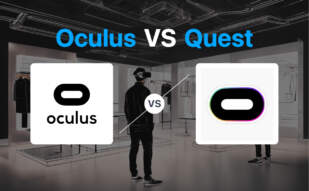For an immersive, powerful, and tether-free VR experience, Oculus Quest 2 emerges victorious over the Oculus Rift. Boasting a sharper resolution, mobile flexibility, better processor, and expanded storage, it’s ideal for VR enthusiasts and developers who prioritize high performance, convenient features, and affordability.
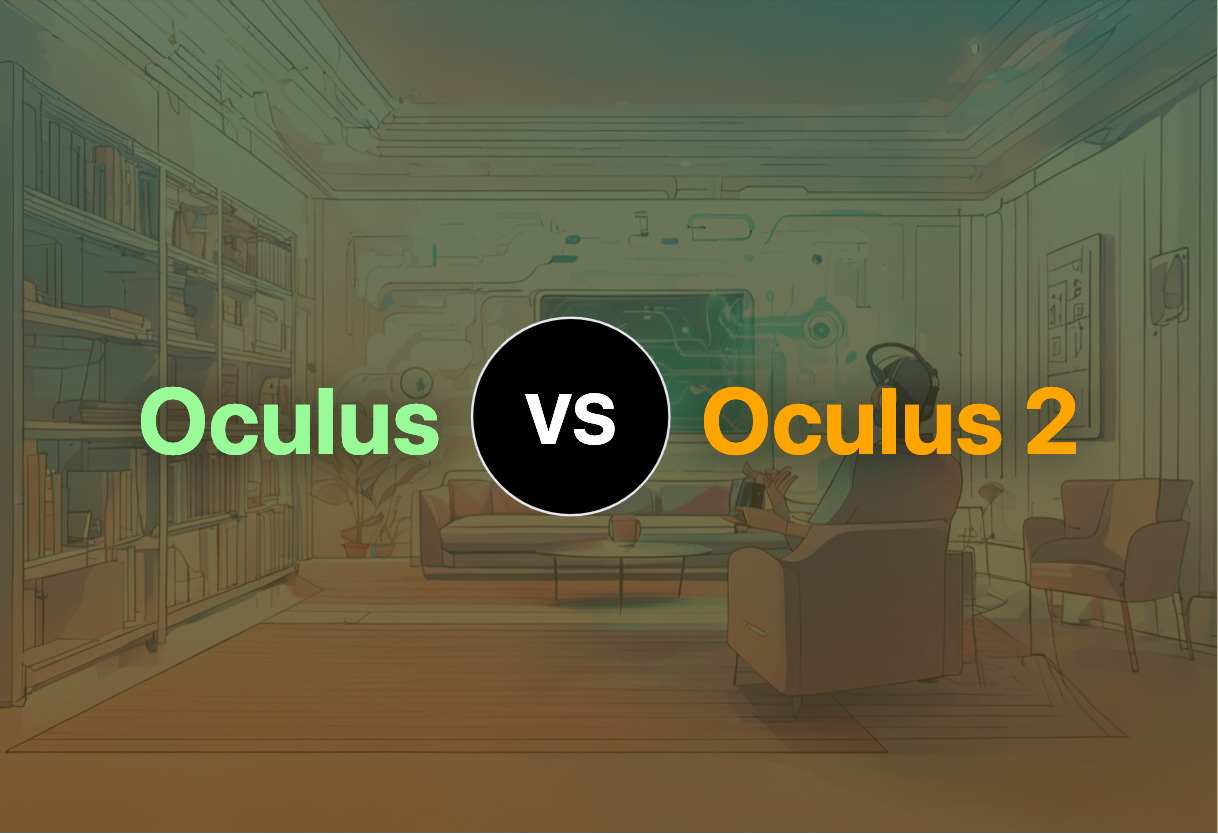
Key Distinctions Between Oculus Rift and Oculus Quest 2
- Oculus Rift discontinued, replaced by Oculus Quest series
- Oculus Quest 2 offers standalone use, Oculus Rift requires PC connection
- Quest 2 features sharper resolution (1920×1832 pixels per eye) than Rift (1280×800 total)
- Superior processor in Quest 2 (Snapdragon XR2) vs Rift’s older tech
- Quest 2 provides user safety via Guardian system, absent in Rift
- Quest 2 criticized for mandatory Facebook link, potential privacy issues
| Comparison | Oculus Rift | Oculus Quest 2 |
|---|---|---|
| Developer | Oculus VR | Oculus, owned by Meta |
| Latest Model | Oculus Rift S, discontinued April 2021 | Oculus Quest 2, Quest 3 expected Fall 2023 |
| Positional Tracking | Three-axis gyros, accelerometers, and magnetometers | Four wide-angle cameras, six-degrees-of-freedom |
| Resolution | Rift CV1: 1080p | 1,920-by-1,832 pixels per eye |
| Compatibility | Oculus Software Library | Standalone, PC via Link Cable, Android OS |
| Key Features | 90-degree horizontal FOV, 110-degree vertical 3D view, reduced screen-door effect | Lightweight, improved tracking, Oculus Link & Air Link, game & app compatibility, hand-free options |
What Is Oculus Rift and Who’s It For?
The Oculus Rift, developed by Oculus VR and later acquired by Facebook (now Meta), is a pioneering virtual reality headset line. It revolutionized the VR industry by providing advanced tech features like geometric pre-distortion and a large stereoscopic field-of-view at an affordable price. Oculus Rift is designed for both casual consumers and developers intrigued by the possibilities of immersive VR experiences.
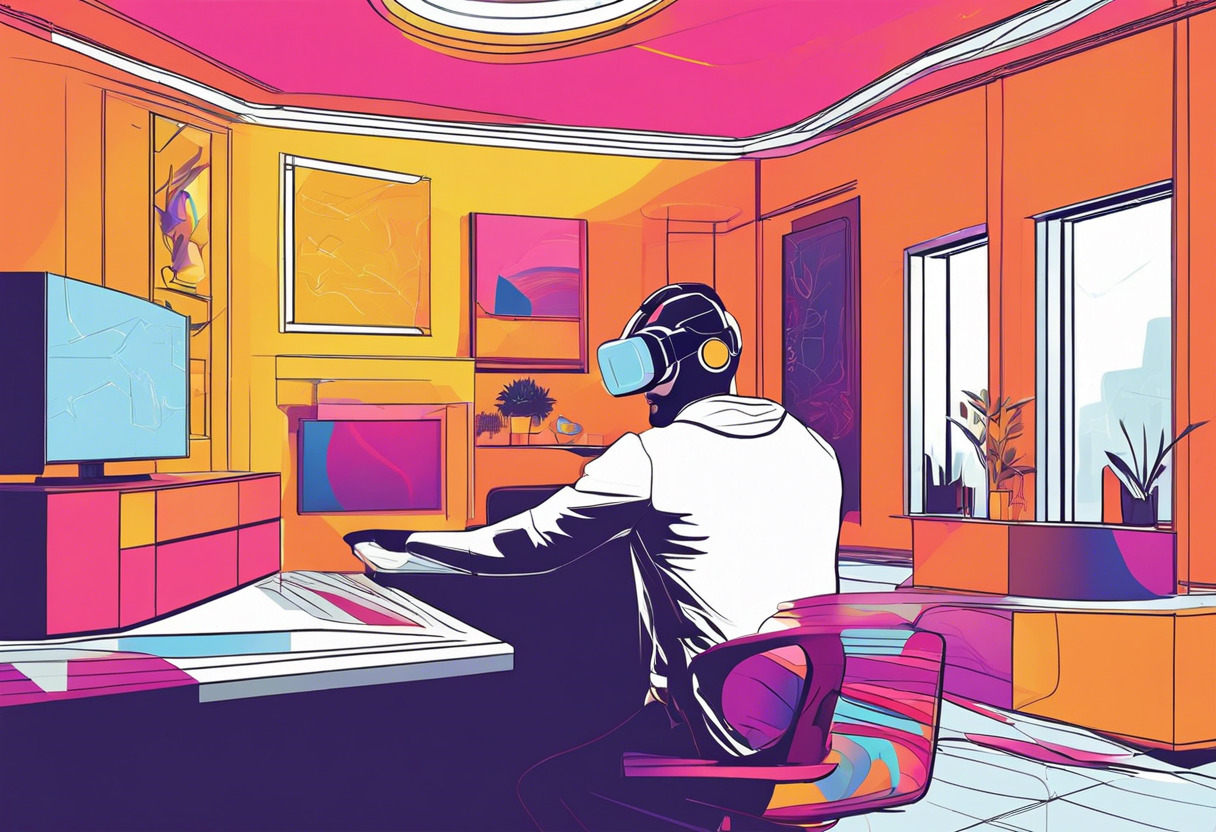
Pros of Oculus Rift
- Pioneer in realistic VR experiences
- Affordable cost compared to competitors
- Wide field of view for immersive gameplay
- Comprehensive software library
Cons of Oculus Rift
- Low resolution compared to modern headsets
- Visible screen door effect on early models
- Oculus Rift S and other models discontinued
- Requires a powerful PC for optimal use
What Is Oculus Quest 2 and Who’s It For?
Oculus Quest 2, owned and developed by Meta, is a standalone VR headset providing an upgraded, detailed, and wireless VR experience. It is an excellent choice for VR enthusiasts looking for an affordable, flexible, and advanced VR experience without the need for a PC.
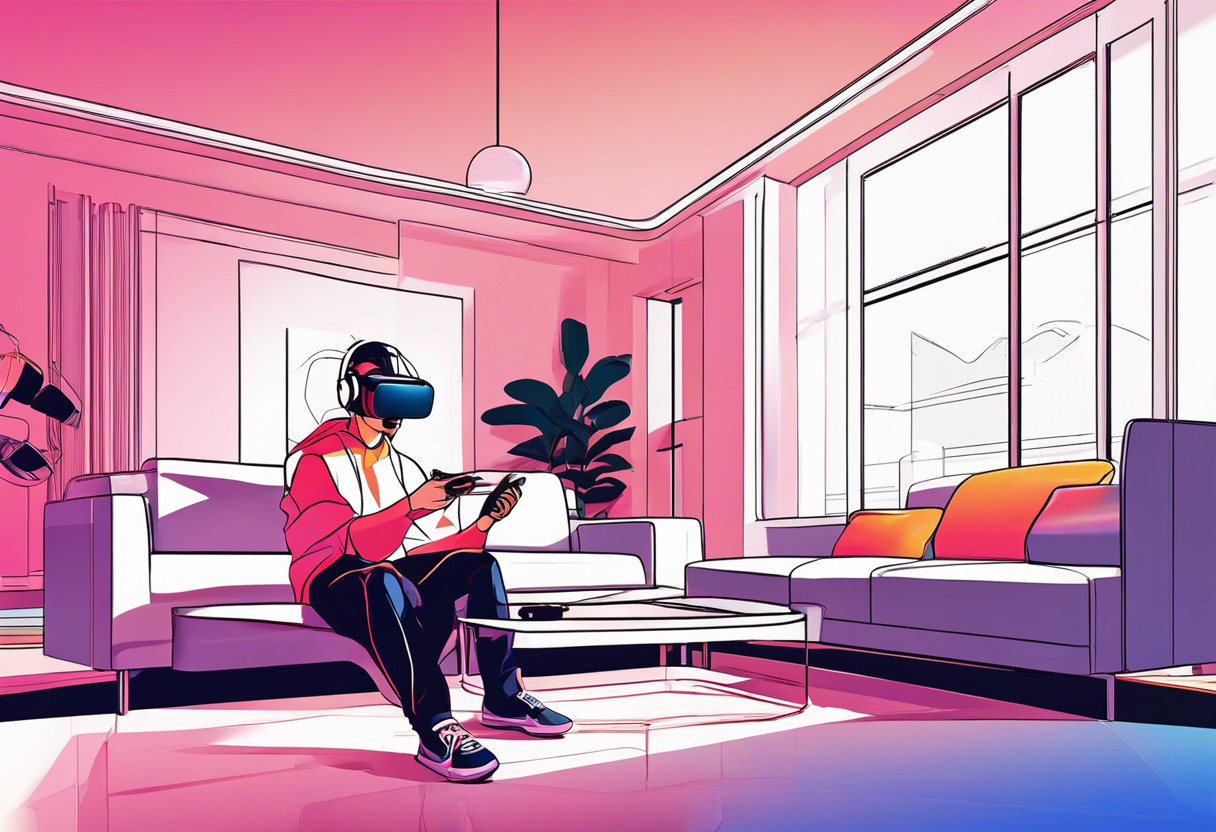
Pros of Oculus Quest 2
- Improved visual display with high resolution
- Standalone functionality for unrestricted mobility
- PC-tethering option possible for more high-end VR experiences
- Offers numerous VR games and experiences
Cons of Oculus Quest 2
- Limitation on storage expansion
- Mandatory need for a Facebook account
- Extensive use shortens battery life
- Privacy concerns related to Facebook
Oculus Rift vs Oculus Quest 2: Pricing
While Oculus Rift set industry standards, Quest 2 offers an accessible high-end VR experience without breaking the bank.
Oculus Rift
The Oculus Rift, a pioneer in VR technology with various iterative advancements, doesn’t offer clear pricing information due to discontinuation in 2019. It dominated the market for years, with affordability being a key selling point at launch. Its successors maintain software compatibility, upholding the Rift’s legacy.
Oculus Quest 2
Oculus Quest 2 supplants the rift line, marrying accessibility and high-end VR. Priced modestly at $299 post tighten, Quest 2 makes cutting-edge standalone VR accessible. Storage variations available, a base 128GB model costs $499. The Quest line showcases quality VR experiences without hefty investments, despite occasional price flux.
Oculus Rift or Oculus Quest 2? Shape the future of your virtual world.
In a world where VR headsets stake their claim, the choice between Oculus Rift and Oculus Quest 2 weighs heavy. Let’s cut through the noise and focus on the verdict that caters to different segments of our readers.
Developers & Game Makers
Oculus Rift offers a rich developers’ ecosystem with a more mature software library and an impressive record of innovation. Its utilisation of space and depth sensor-based tracking grants you greater liberty in game creation.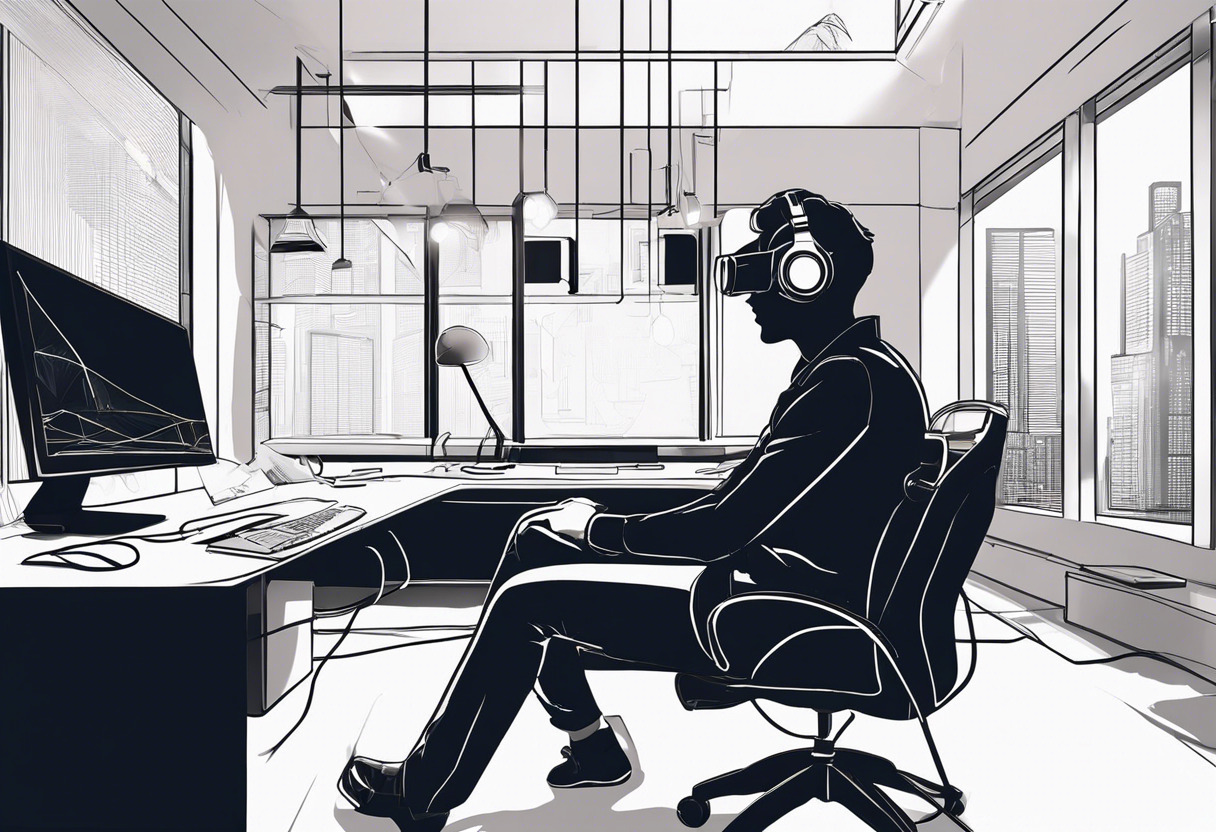
AR/VR Creators
Your immersive experience canvas should ideally be powered by the Oculus Quest 2. Its standalone functionality, backed by the transformative Snapdragon XR2 processor and 120Hz-refresh-rate display, provides absolute creative freedom.
Tech Enthusiasts
Tech enthusiasts seeking a more evolving and immersive VR experience should incline towards the Oculus Quest 2. Storage options up to 256GB and the lighter design keep you ahead of the VR curve.
Ultimately, the Oculus Rift forms a testament to VR’s revival and Oculus Quest 2 embodies the concept of VR evolution. While the Rift is a fitting vessel for game creation, the Quest 2 appeals to the tastes of content creators and tech enthusiasts, powered by its advanced features and standalone capability. Immersive experiences are reimagined with Oculus.
Logan Bellbrook
Content writer @ Aircada with a knack for nature & AR/VR/XR. Blogging the intersection of tech & terrain.




